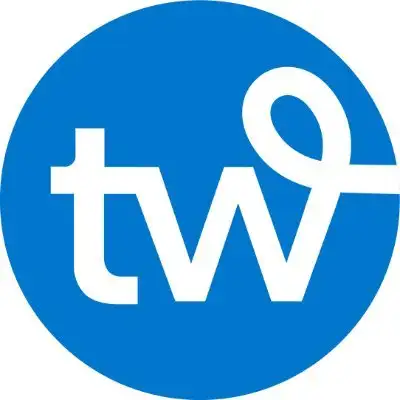PostPlanner as a social media calendar: a brief overview
Managing social media effectively requires organization, consistency, and strategic planning. PostPlanner, a platform focused on post performance and content discovery, serves as a functional and strategic social media calendar. It enables marketers, entrepreneurs, and content creators to schedule and automate high-performing posts across platforms like Facebook, Instagram, LinkedIn, and X (Twitter). In this review, we will explore the key features, benefits, and potential drawbacks of using PostPlanner as a social media calendar tool.
Overview of PostPlanner
PostPlanner is a content-focused social media scheduling tool built to help users share engaging content consistently. It offers a calendar interface that allows users to visualize their publishing strategy across platforms, ensuring a balanced content mix. The platform emphasizes data-backed recommendations to help improve engagement, letting users plan their schedule with content proven to perform well in similar industries.
PostPlanner’s goal is not only to automate posting but also to increase the likelihood that posts will generate likes, shares, and clicks by relying on proven content formats and smart scheduling tactics.
Visual content calendar
The visual content calendar in PostPlanner provides users with a clear timeline of scheduled posts across their accounts. It offers a simple grid-style layout where posts are color-coded by platform or content type, allowing for quick scanning and adjustments. Posts can be dragged and dropped to new timeslots or edited directly within the calendar view.
This user-friendly approach makes it easy to maintain a consistent cadence while keeping track of what's being published when and where. For solo marketers or small teams, the simplicity of the calendar helps streamline efforts without unnecessary complexity.
Multi-platform scheduling
PostPlanner supports scheduling to several key platforms, including Facebook Pages and Groups, Instagram, LinkedIn, and X (Twitter). Users can customize their posts for each platform while maintaining a unified scheduling experience from one dashboard. The platform’s scheduling engine also includes a queue-based system, which automatically publishes content based on optimal posting times set by the user or chosen from pre-set engagement templates.
This eliminates the need to pick exact times for every post, speeding up the workflow and reducing manual work — especially for users managing content at scale.
Bulk uploading and automation
For those needing to manage multiple posts or campaigns, PostPlanner supports bulk post creation and scheduling. Users can quickly fill up their calendar by selecting content from their saved libraries, using RSS feeds, or even importing posts via spreadsheet. This makes it an efficient tool for content repurposing and seasonal campaign planning.
Automation features include recurring posts and content recycling, ensuring that evergreen content continues to deliver value over time. These capabilities help users get more mileage from their best-performing content while reducing the burden of constant manual input.
Collaboration and workflow management
While PostPlanner is more geared toward individuals and small teams, it does support basic collaboration functions. Team members can share access to calendars and queues, and manage content workflows together. However, unlike some larger tools, PostPlanner doesn’t offer robust approval processes or role-based permissions — which may limit its appeal for agencies or enterprise users.
Still, for growing teams or freelancers managing multiple accounts, the platform offers a sufficient level of collaboration and planning functionality.
Pros of PostPlanner as a social media calendar
PostPlanner stands out for its focus on content performance and scheduling efficiency. Its intelligent queue system, content discovery tools, and evergreen automation make it easy to maintain an active and engaging social media presence. The calendar interface is simple yet effective, ideal for users who prefer a streamlined and results-focused experience.
Its affordability also makes it accessible for small businesses, startups, and solo creators looking to grow their presence without investing in more complex systems.
Cons of PostPlanner as a social media calendar
PostPlanner lacks some of the advanced design and analytics capabilities found in larger platforms. It doesn’t include post previewing for all platforms or deep creative tools for designing visuals. Its collaboration features are limited compared to tools tailored for enterprise teams.
Additionally, integrations are fewer than with platforms like Hootsuite or HubSpot, which could limit workflow automation for users needing broader ecosystem support.
Ideal use cases
PostPlanner is best suited for small businesses, content creators, and marketers who want to automate and optimize their social media content calendar with minimal effort. It’s ideal for users focused on engagement and consistency, rather than complex analytics or team-based content production. The platform’s curated content feeds and recycling tools make it especially valuable for users looking to grow audiences with a steady stream of high-performing posts.
Conclusion
PostPlanner offers a focused, performance-driven approach to social media scheduling. With its visual calendar, intelligent queue system, and evergreen automation, it enables users to maintain a strong and engaging online presence without overwhelming complexity. While it may lack enterprise-level features, its ease of use and strategic content tools make it a smart choice for individuals and small teams aiming to grow their impact through consistent social posting.












